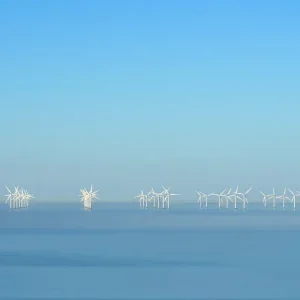 The two projects, which secured $2.7m funding from the California Energy Commission’s Electric Program Investment Charge (EPIC) program, intends to make geothermal energy more economically attractive.
The two projects, which secured $2.7m funding from the California Energy Commission’s Electric Program Investment Charge (EPIC) program, intends to make geothermal energy more economically attractive.
Lawrence Berkeley National Laboratory Energy Geosciences Division Geothermal Systems program lead Patrick Dobson said the US, and especially California, holds huge potential for geothermal energy.
The first project will focus on test deployment of a dense array of seismic sensors to improve the ability to image where and how fluids are moving underground.
The second project will involves development and applying modeling tools to help geothermal plants operate in flexible production mode while allowing for improved integration with other renewable energy sources.
As part of the first project, scientists are working on to install a dense network of portable seismic recorders to demonstrate the ability to perform high-resolution tomographic imaging.
Scheduled to take place in the world’s largest geothermal field Geysers located north of San Francisco in Sonoma and Lake Counties, the work is expected to help identify where steam and fluids are going using geophysics. This will benefit for well placement as well as cost-effective operation.
In the second project, scientists will deploy a suite of modeling tools for wellbore and geothermal reservoir integrity, including T2WELL, which models fluid flow and heat transfer in wells; and TOUGHREACT, which simulates scaling and corrosion.
The tools will help in assessing all the challenges related to flexible-mode production and predict short- and long-term impacts for the geothermal projects.
In order to address the specific problems, the tools will be integrated with geomechanical tools into an improved thermal-hydrological-mechanical-chemical (THMC) model.
The projects will be implemented in partnership with Calpine Corporation.
By 2030, California intends to produce half of its electricity from renewable sources.
Image: Berkeley Lab scientists will work at Geysers geothermal field in California. Photo: courtesy of Kurt Nihei/Berkeley Lab.






